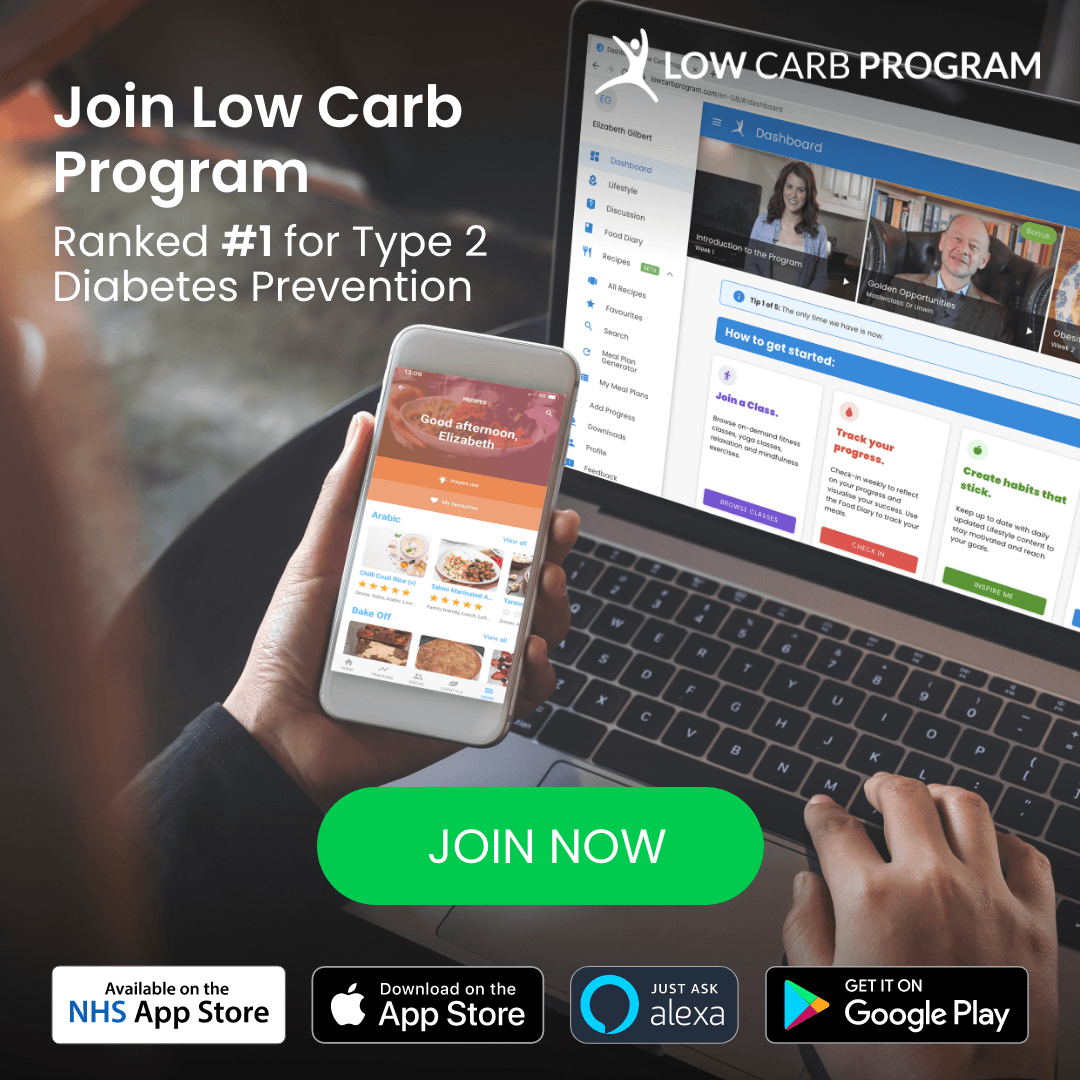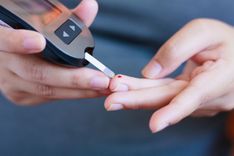Redefining type 2 diabetes - tools for achieving remission

Previously, type 2 diabetes was thought to be a progressive disease that gets worse over time, with the person eventually developing complications such as eye and nerve damage.
However, this is now no longer the case and many people have been able to place their type 2 diabetes into remission through making lifestyle changes.
As part of Diabetes Week, we wanted to share with you how we are redefining type 2 diabetes as something you can control and even put into remission using the right tools.
Monitoring your carb intake

When we eat food containing carbohydrates, this raises the level of glucose in the blood. It also stimulates the production of insulin, which prompts cells to absorb this glucose for energy or storage. So, eating fewer carbs can help to lower both blood glucose and insulin levels. One way you could achieve this is by swapping high carb foods for low carb substitutes such as white rice for cauliflower rice.
Tracking your carb intake using the food diary feature on the Low Carb Program can help you to gain greater control. Research has found that after 1 year of following a low carb diet, 26.2% were able to reduce their HbA1c to below the threshold for type 2 diabetes while taking no glucose-lowering medications or just metformin [1].
Increasing activity levels

Alongside monitoring your carb intake, increasing your exercise levels can also help you to manage your blood glucose levels. This is because during exercise, glucose is used by the muscles for energy, helping to reduce levels in the blood.
Current guidelines suggest that we should aim for around 150 minutes of physical activity per week [2]. While this may seem like a lot, there are many small changes you can make to incorporate more activity into your daily routine. Some examples include setting an alarm on your phone to remind you to do some form of exercise or using a step counter to motivate you to stay active. You can keep track of your activity levels using the dashboard on the Low Carb Program.
Changing your mindset

Achieving sustainable improvements in blood glucose may require changing your mindset around food. Some of us may be used to eating out of boredom or in response to emotions and it can feel like a difficult habit to break, especially if you find you crave sugary, high carb foods. Recognising what triggers your cravings and seeking support are just two examples of how you can break this cycle. The behaviour change mentors on the program can help you to stay accountable and move one step closer to achieving remission.
Discover more tools to gain control and achieve type 2 diabetes remission when you join the Low Carb Program.
References:
[1] Saslow, L.R., Summers, C., Aikens, J.E. and Unwin, D.J., 2018. Outcomes of a Digitally Delivered Low-Carbohydrate Type 2 Diabetes Self-Management Program: 1-Year Results of a Single-Arm Longitudinal Study. JMIR diabetes, 3(3), p.e12.
[2] NHS, 2018. Physical activity guidelines for adults. Retrieved from https://www.nhs.uk/live-well/exercise/









